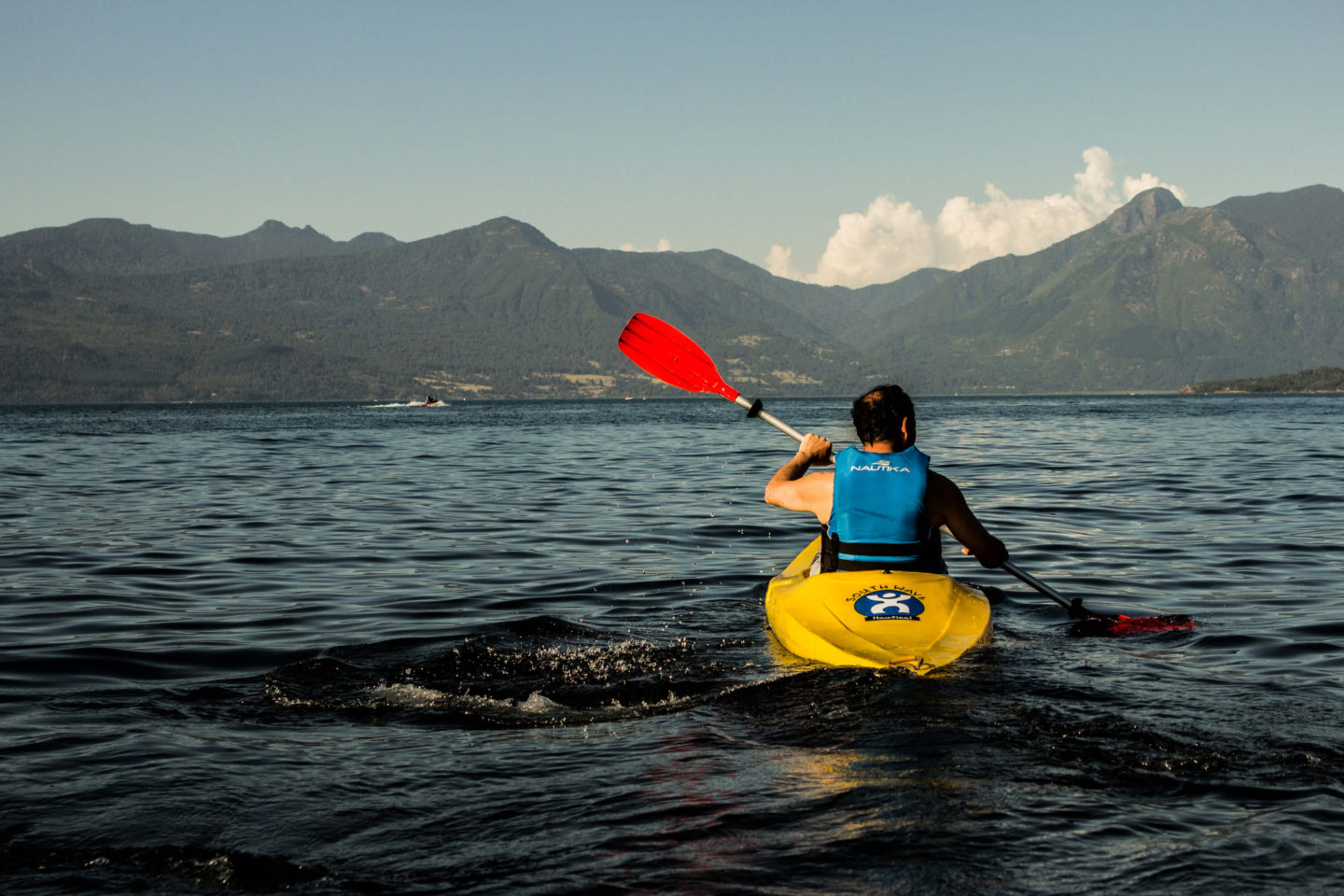Kayaking and canoeing is actually more of a traditional Olympic event than you might think, with events in flat water sprint kayaking dating back to 1936 and appearing in every Olympic Games ever since. Even slalom or whitewater kayaking dates back to 1972, although it didn’t become a mainstay event until 1992.
Canoe/kayak events are generally most popular in Germany and Hungary, the countries with the most Olympic medals in the sport’s history. In fact, according to kayaker Tim Hornsby, is representing the US in the 200-meter sprint event in London, it’s not uncommon to race in front of 50,000 fans at kayak competitions in Hungary.
In the midst of such events, something most people don’t see just how difficult it is to balance the boats in flat water kayaking events. The boats are only as wide as the athlete’s hips, and Hornsby says being able to stay balanced in them is something that takes months of practice. He even guaranteed someone would fall in at the Olympics, saying that even the best in the world can lose their balance trying to get across the finish line as quickly as possible. “Even at the pinnacle of the sport, there will be people who fall in,” he says.
Tim HornsbyAnother common misconception is that kayaking predominantly works the arms and the upper body, when the bigger muscle groups below are actually doing most of the work. Kayakers with the best form look like they’re running inside their boat. U.S Citizens Making Huge Salaries Without A Job U.S & Canadian citizens making huge monthly salaries after new company goes viral. Experts calling it “The Best Way To Supplement Your Income Since.. Sponsored SiteBlog “The guys that are doing well [in competition], they’re not paddling with their upper body at all,” Hornsby says. “It’s all through the legs and hips. That’s the biggest source of power. Realistically, the guys don’t have huge arms. Considering the fact that people think it’s an all arms sport, it’s really not.”
To get into the best shape possible for the Olympics, Hornsby says he generally trains for 25 to 30 hours each week, although it depends on what point in the training he’s at, as well as the time of year due to the competition schedule. Kayakers hit the gym more frequently in the fall and winter, about four times a week, lifting and building up a strong base they’ll maintain through the spring competition season. Lifting takes a backseat when competitions approach, as the concentration has to shift so the kayaker can hone his paddling skills and be as fresh and quick as possible for race
The usual training schedule for Hornsby is spread out over six days a week, including nine paddling sessions, three gym sessions and three running sessions. Running days are accompanied by two paddling sessions while gym days include single paddling sessions. However, Hornsby notes that doing four workout sessions in a day is common when training is in full swing.
Source: Fitness Magazine
